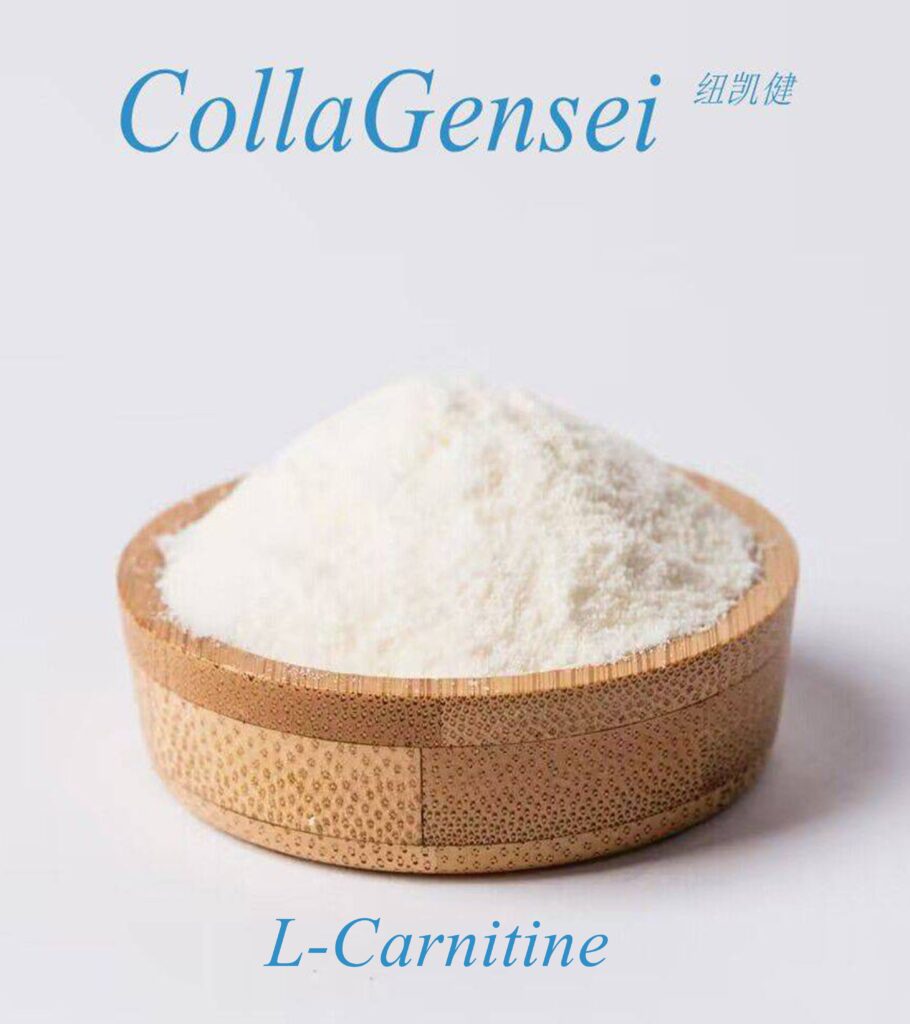Introduction
In nutritional supplements and dietary components, alpha lipoic acid (ALA) and alpha-linolenic acid (ALA) stand out as notable compounds with diverse biological functions and potential health benefits. Despite their similar acronyms, these substances are distinct in their chemical structures, metabolic pathways, and physiological roles within the human body. This article explores the differences and similarities between alpha-lipoic and alpha-linolenic acid, examining their biochemical properties, sources, metabolism, health effects, and potential therapeutic applications.
Chemical Structures and Basic Properties
1. Alpha Lipoic Acid (ALA):
– Structure: Alpha lipoic acid, also known as thioctic acid, is a compound with two thiol groups, making it a dithiol compound. It exists as a dimer in its biologically active form.
– Chemical Properties: ALA is both water-soluble and fat-soluble, which enables it to exert its antioxidant properties in both cellular compartments.
– Sources: Small amounts of ALA are synthesized endogenously in humans, but it is also found in small quantities in foods such as spinach, broccoli, and organ meats.
– Metabolism: ALA undergoes rapid metabolism in the liver, converting it to its active form, dihydrolipoic acid (DHLA).
2. Alpha Linolenic Acid (ALA):
– Structure: Alpha-linolenic acid is an essential omega-3 fatty acid with an 18-carbon chain and three double bonds at the third, sixth, and ninth carbons from the methyl end.
– Chemical Properties: ALA is a polyunsaturated fatty acid (PUFA) predominantly found in plant oils, such as flaxseed oil, chia seeds, and walnuts.
– Sources: ALA is obtained primarily through dietary sources, as the human body cannot synthesize it.
– Metabolism: In the body, ALA can be converted into longer-chain omega-3 fatty acids, namely eicosapentaenoic acid (EPA) and docosahexaenoic acid (DHA), although this conversion is limited in efficiency.
Metabolic Pathways and Biological Functions
1. Metabolic Pathways of Alpha Lipoic Acid:
– Antioxidant Activity: ALA functions as a potent antioxidant by scavenging free radicals and regenerating other antioxidants, such as vitamins C and E, and glutathione.
– Metabolic Regulation: ALA plays a role in energy metabolism by participating in the citric acid cycle and enhancing glucose uptake in cells, thereby influencing insulin sensitivity.
– Chelation Properties: ALA has metal-chelating abilities, contributing to its antioxidant effects and potential therapeutic applications in heavy metal toxicity.
2. Metabolic Pathways of Alpha-Linolenic Acid:
– Omega-3 Fatty Acid Conversion: ALA serves as a precursor for longer-chain omega-3 fatty acids, EPA, and DHA, which are crucial for cardiovascular health, brain function, and inflammation regulation.
– Anti-inflammatory Effects: EPA and DHA derived from ALA metabolism exert anti-inflammatory effects by modulating immune cell function and reducing inflammatory mediators.
– Neuroprotective Properties: ALA-derived omega-3 fatty acids are essential for maintaining neuronal membrane integrity and synaptic function, thus supporting cognitive health.
Health Effects and Potential Therapeutic Applications
1. Health Effects of Alpha Lipoic Acid:
– Antioxidant Protection: ALA’s antioxidant properties contribute to its potential benefits in reducing oxidative stress-related damage in various tissues, including the cardiovascular and nervous systems.
– Diabetes and Metabolic Syndrome ALA supplementation has shown promising results in improving insulin sensitivity and reducing symptoms of diabetic neuropathy.
– Neurological Disorders: Due to its ability to cross the blood-brain barrier and its neuroprotective properties, ALA has been investigated as a potential therapeutic agent for neurodegenerative diseases like Alzheimer’s and Parkinson’s.
2. Health Effects of Alpha-Linolenic Acid:
– Cardiovascular Health: Regular intake of ALA-rich foods or supplements has been associated with reduced risk of cardiovascular disease, primarily through its anti-inflammatory and lipid-modifying effects.
– Brain Function: Adequate omega-3 fatty acid intake, including ALA-derived EPA and DHA, supports cognitive function and may reduce the risk of age-related cognitive decline and dementia.
– Inflammatory Disorders: EPA and DHA derived from ALA metabolism have been studied for their beneficial effects in inflammatory conditions such as rheumatoid arthritis and inflammatory bowel disease.
Clinical Studies and Evidence-Based Research
1. Clinical Studies on Alpha Lipoic Acid:
– Diabetes and Insulin Sensitivity: Several clinical trials have demonstrated that ALA supplementation can improve insulin sensitivity and reduce insulin resistance in patients with type 2 diabetes.
– Neuropathy: ALA has been widely studied for its efficacy in reducing symptoms of diabetic neuropathy, including pain, numbness, and tingling sensations.
– Antioxidant Effects: Research indicates that ALA supplementation can enhance antioxidant defenses in individuals with oxidative stress-related conditions, potentially mitigating cellular damage.
2. Clinical Studies on Alpha Linolenic Acid:
– Cardiovascular Disease: Epidemiological studies and clinical trials have suggested that ALA intake is inversely associated with the risk of cardiovascular events, such as myocardial infarction and stroke.
– Cognitive Function: Longitudinal studies have linked higher dietary intake of ALA and its derivatives EPA and DHA with better cognitive performance and reduced incidence of cognitive impairment.
– Inflammatory Disorders: Clinical trials have explored the therapeutic potential of omega-3 fatty acids derived from ALA in managing symptoms of inflammatory diseases, although results vary depending on the specific condition and study design.
Safety Considerations and Potential Side Effects
1. Alpha Lipoic Acid:
– Safety Profile: ALA is generally considered safe when used at recommended doses, although mild gastrointestinal symptoms and allergic reactions have been reported.
– Interactions: ALA may interact with certain medications, such as chemotherapy and thyroid medications, and caution is advised in individuals with thyroid disorders.
– Pregnancy and Lactation: Limited data on the safety of ALA supplementation during pregnancy and lactation, so pregnant and breastfeeding women should consult healthcare providers before use.
2. Alpha Linolenic Acid:
– Safety Profile: ALA from dietary sources is considered safe for most individuals, with no significant adverse effects reported at usual nutritional intakes.
– Omega-3 Supplementation: High-dose omega-3 supplements, including ALA-derived EPA and DHA, may increase the risk of bleeding in individuals taking anticoagulant medications.
– Mercury Contamination: Some ALA-rich fish sources may contain mercury, posing potential risks, especially for pregnant women and young children.
Future Directions and Research Opportunities
1. Alpha Lipoic Acid:
– Further Clinical Trials: Future research could explore the efficacy of ALA supplementation in more extensive, diverse populations, including its potential role in age-related cognitive decline and other neurodegenerative disorders.
– Combination Therapies: Investigating the synergistic effects of ALA with other antioxidants or therapeutic agents may provide new insights into its clinical applications.
2. Alpha Linolenic Acid:
– Conversion Efficiency: Enhancing the efficiency of ALA conversion to EPA and DHA through dietary strategies or pharmacological interventions could optimize its therapeutic benefits.
– Precision Nutrition: Personalized nutrition approaches based on genetic variations in omega-3 metabolism may help tailor ALA intake recommendations for optimal health outcomes.
Conclusion
In conclusion, alpha-lipoic and alpha-linolenic acids are distinct compounds with unique biochemical properties, metabolic pathways, and health effects. While ALA exerts antioxidant and metabolic regulatory functions, ALA serves as a precursor for omega-3 fatty acids crucial for cardiovascular health, brain function, and inflammatory modulation. Both compounds offer promising therapeutic potential in various health conditions, although further research is needed to fully elucidate their mechanisms of action and optimize their clinical applications. By understanding their differences and similarities, healthcare professionals and individuals can make informed decisions regarding their use as dietary supplements or therapeutic agents.




